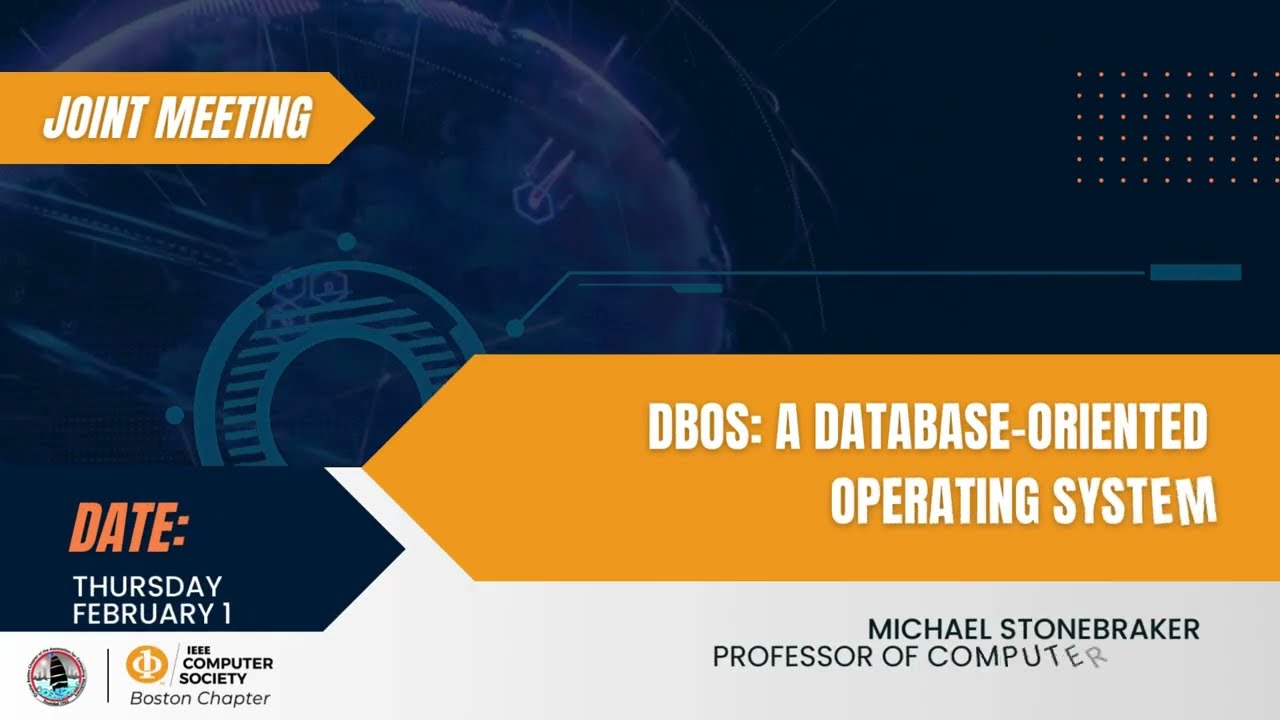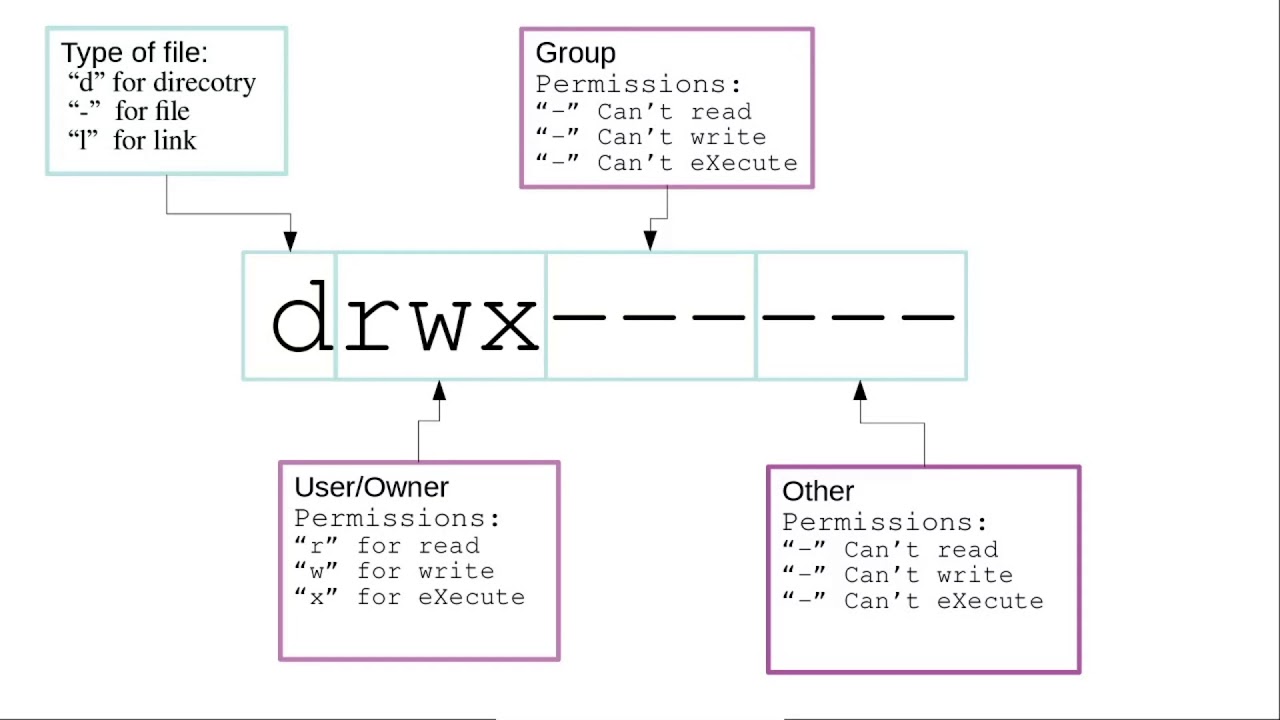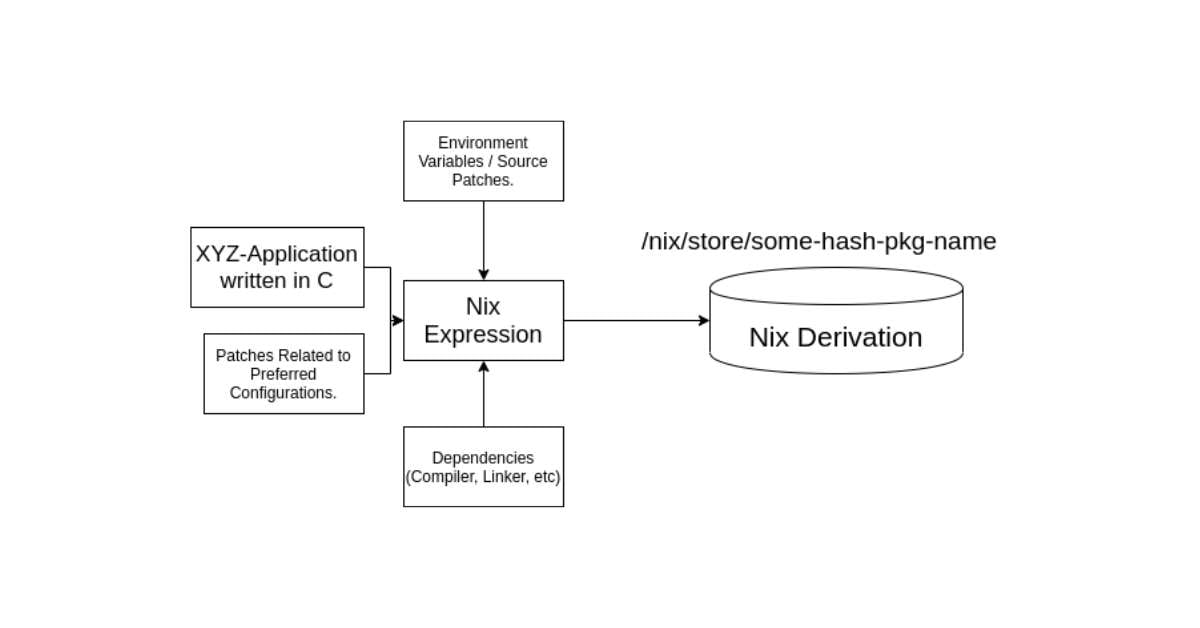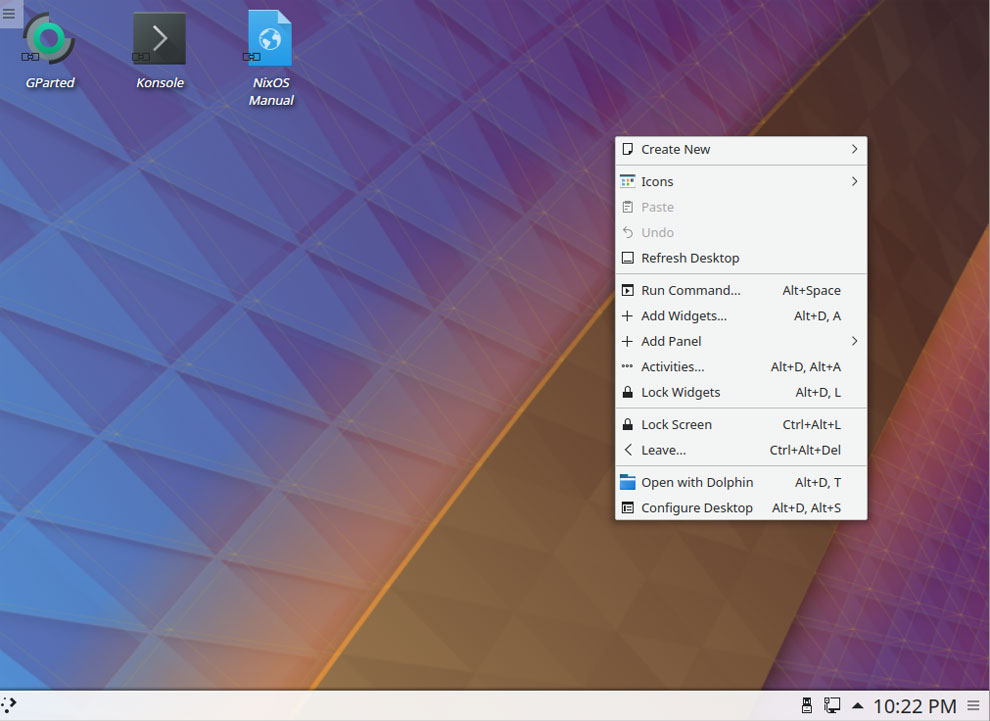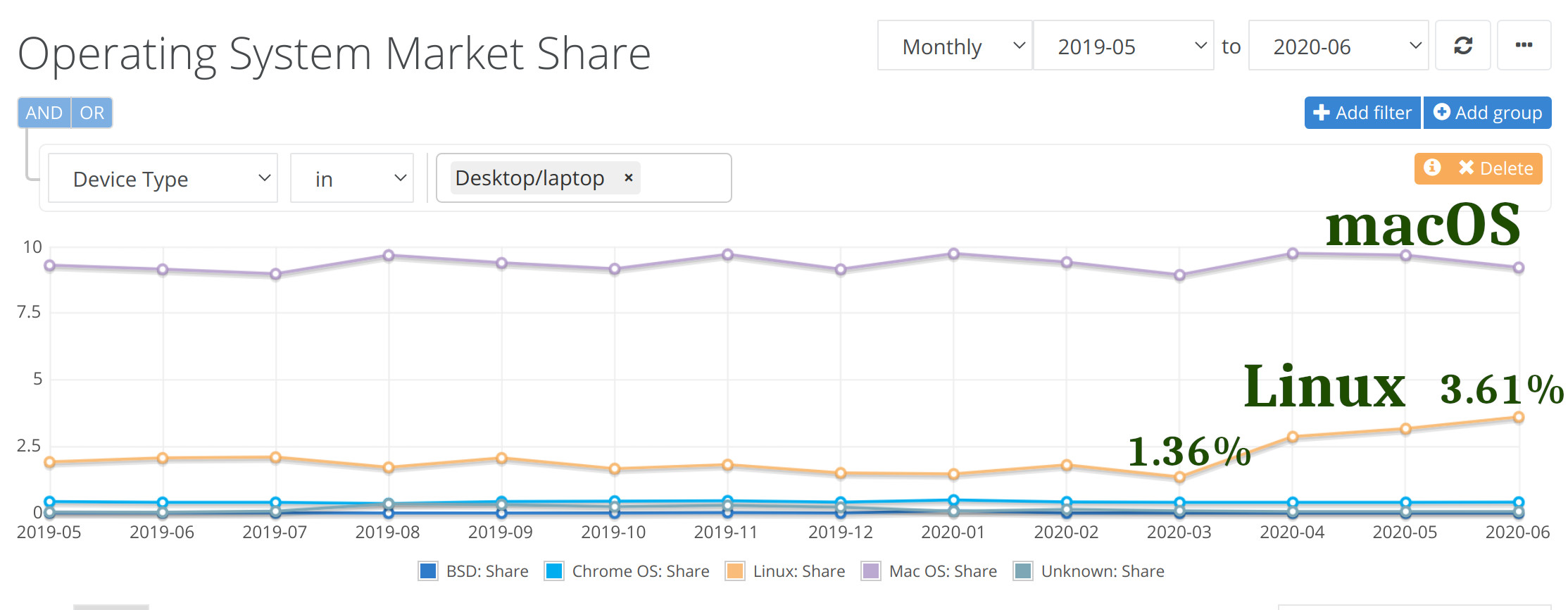
The Rise of Linux on Desktop Systems
As a tech enthusiast, I’ve always had a soft spot for Linux. It may not be the go-to choice for most desktop users, but recent statistics show that Linux is making its mark with over 4% of the desktop OS market share. The graph from StatCounter paints a clear picture of Linux’s gradual ascent in the desktop realm.

The appeal of Linux on desktops can be attributed to various factors. Firstly, the cost-effective nature of Linux, with many distributions being free to use, makes it an attractive option. Additionally, the vast array of distributions available ensures that there’s a flavor of Linux to suit every user’s preferences.
However, it’s essential to acknowledge that the desktop environment is not where Linux shines the brightest. Linux’s true prowess lies in its presence on network servers, mobile devices like Android (a Linux-based OS), and even in powering the majority of the world’s fastest supercomputers.
Embracing the Diversity of Linux Distributions
One of the most intriguing aspects of Linux is the sheer diversity of distributions available. From the user-friendly Ubuntu to the highly customizable Arch Linux, each distribution offers a unique experience tailored to different user needs. This abundance of choice empowers users to select a distribution that aligns perfectly with their workflow and preferences.
The Future of Linux in a Rapidly Evolving Tech Landscape
With the tech landscape evolving at breakneck speed, the role of Linux is poised to expand further. As the demand for secure, reliable, and versatile operating systems grows, Linux stands out as a frontrunner capable of meeting these evolving needs.
In conclusion, the increasing adoption of Linux on desktop systems signifies a positive trend for the open-source community. While its dominance in other domains remains unchallenged, the desktop market share growth is a testament to Linux’s enduring relevance and adaptability in a dynamic tech ecosystem.










